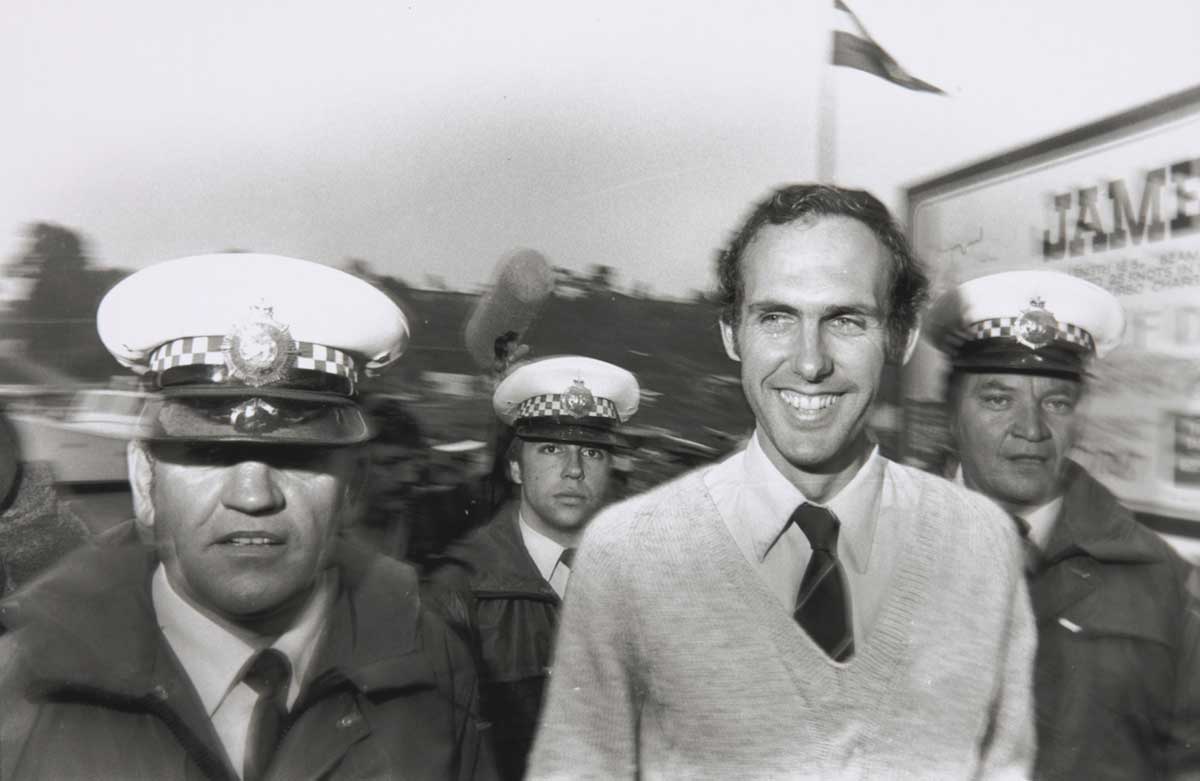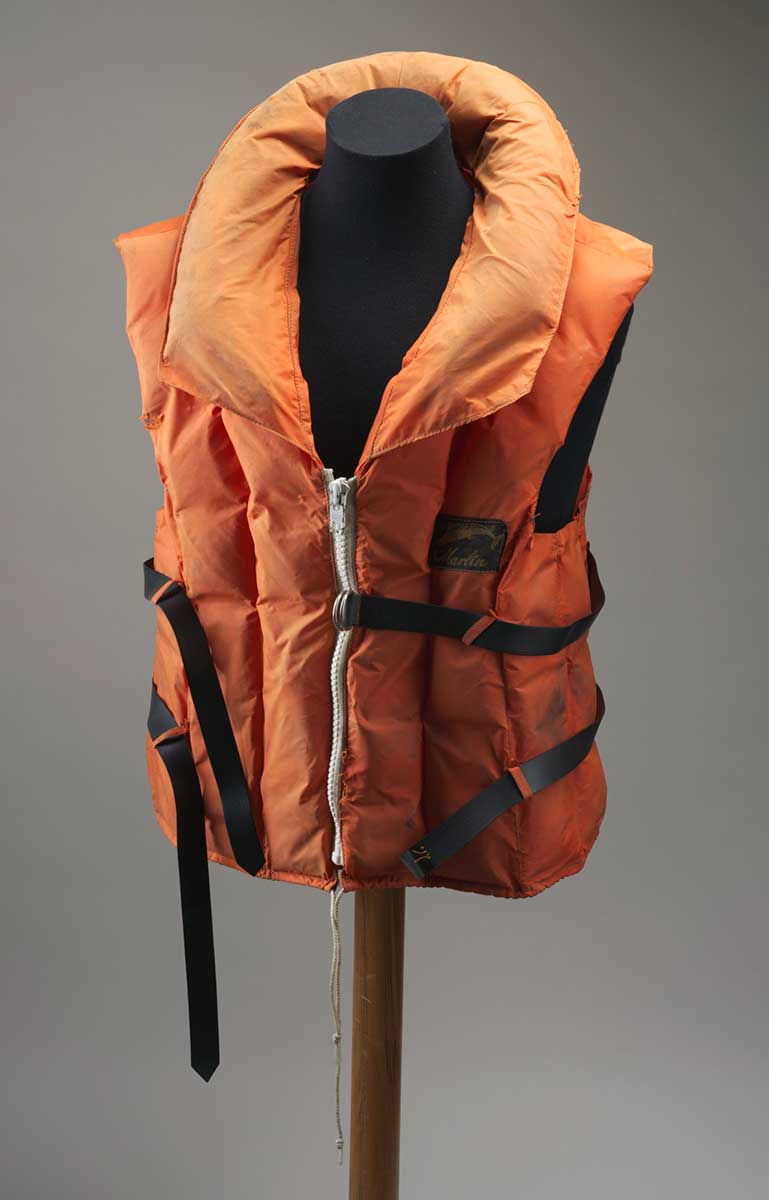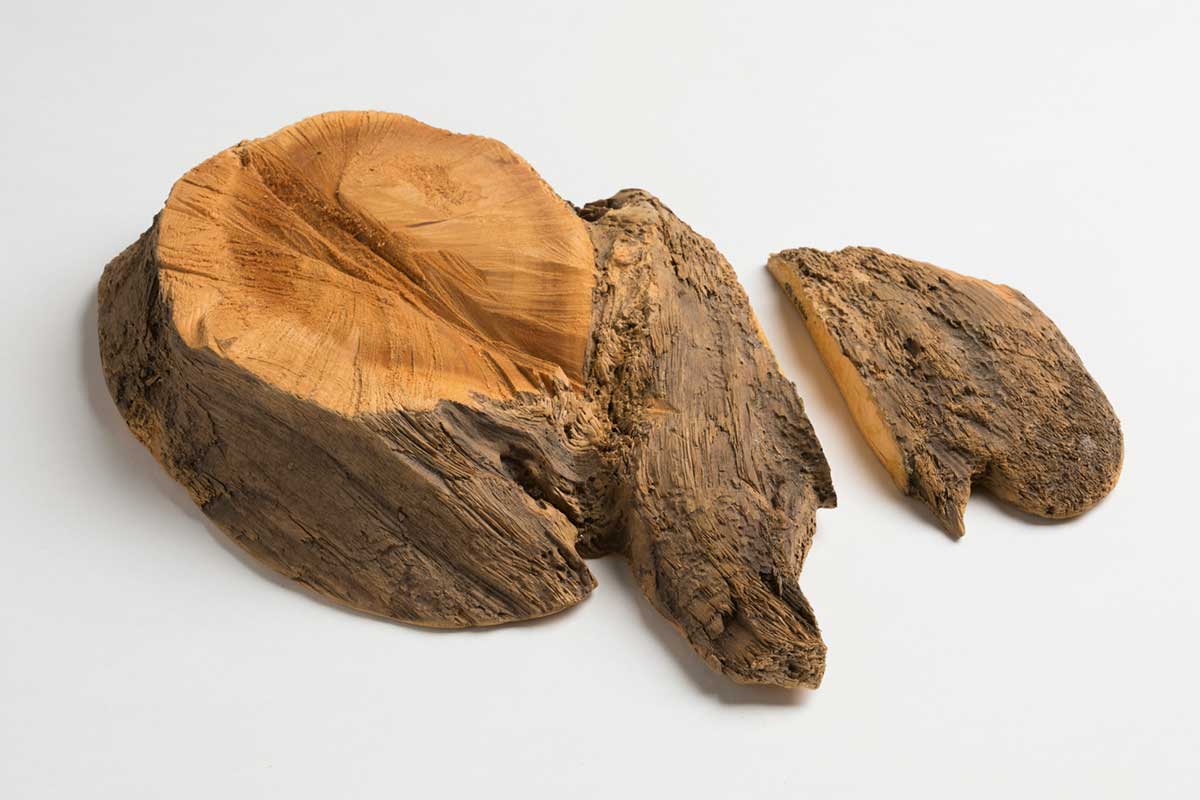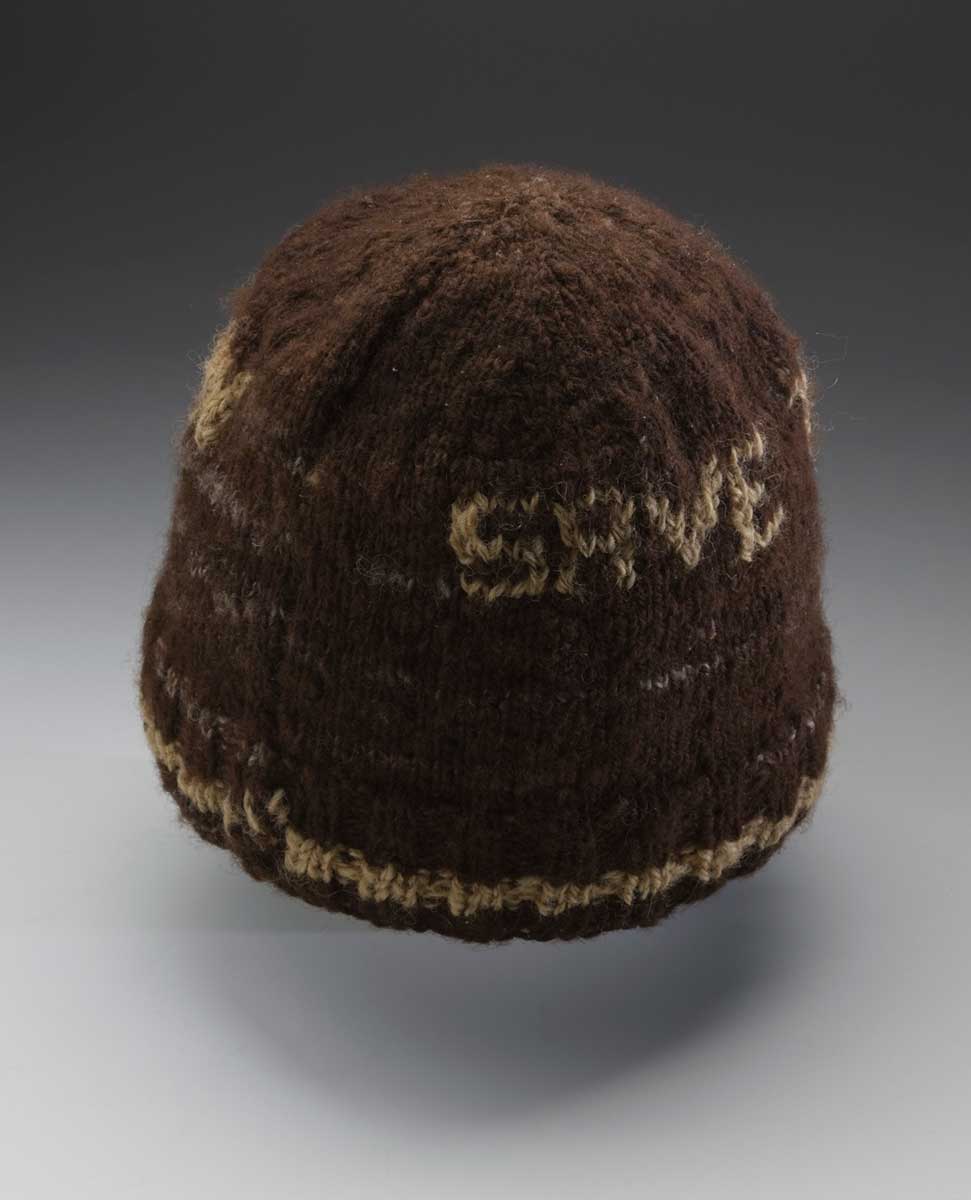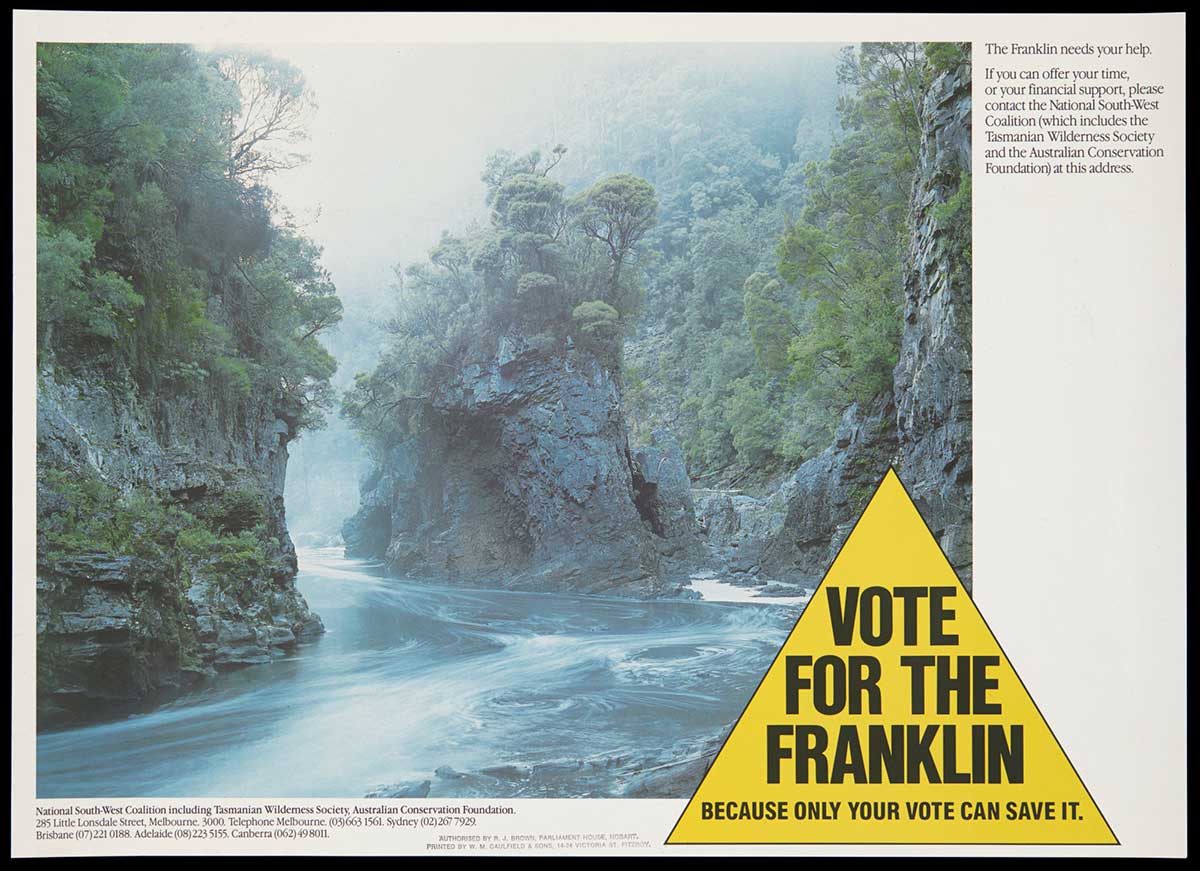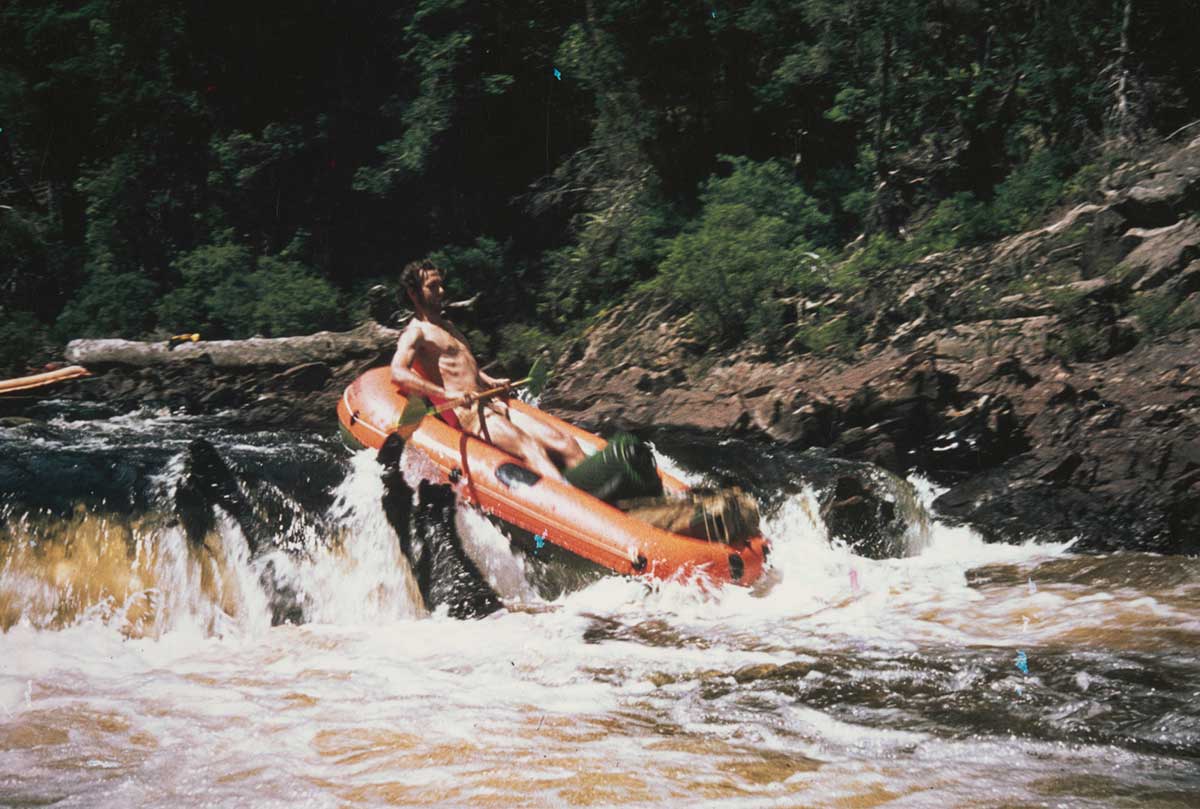Environmental activist and politician Bob Brown became the face and voice of the Franklin Dam protests in Tasmania in the late 1970s and early 1980s.
Brown was director of the Tasmanian Wilderness Society during the successful campaign to stop the Gordon-below-Franklin dam being constructed in Tasmania. The protests and Brown’s subsequent political career helped shape the course of Australian environmental politics.
Since 1988, Brown has donated several thousand items to the National Museum of Australia documenting the ‘Save the Franklin’ campaign and the work of the Wilderness Society.
Franklin River
Located deep in Tasmania’s remote south-west, the Franklin River is one of Australia’s few remaining free-flowing rivers. Unimpeded by industrialisation or damming, the river continues to flow because of the efforts of environmental activists and conservationists during the 1970s and 1980s.
In 1978, the Tasmanian Hydro Electric Commission proposed the Gordon-below-Franklin dam project. Intended to promote Tasmanian industry and economy, the dam was planned to be built on the Gordon River, near its junction with the Franklin River. However, its construction would have flooded the Franklin River and destroyed the surrounding ecosystem.
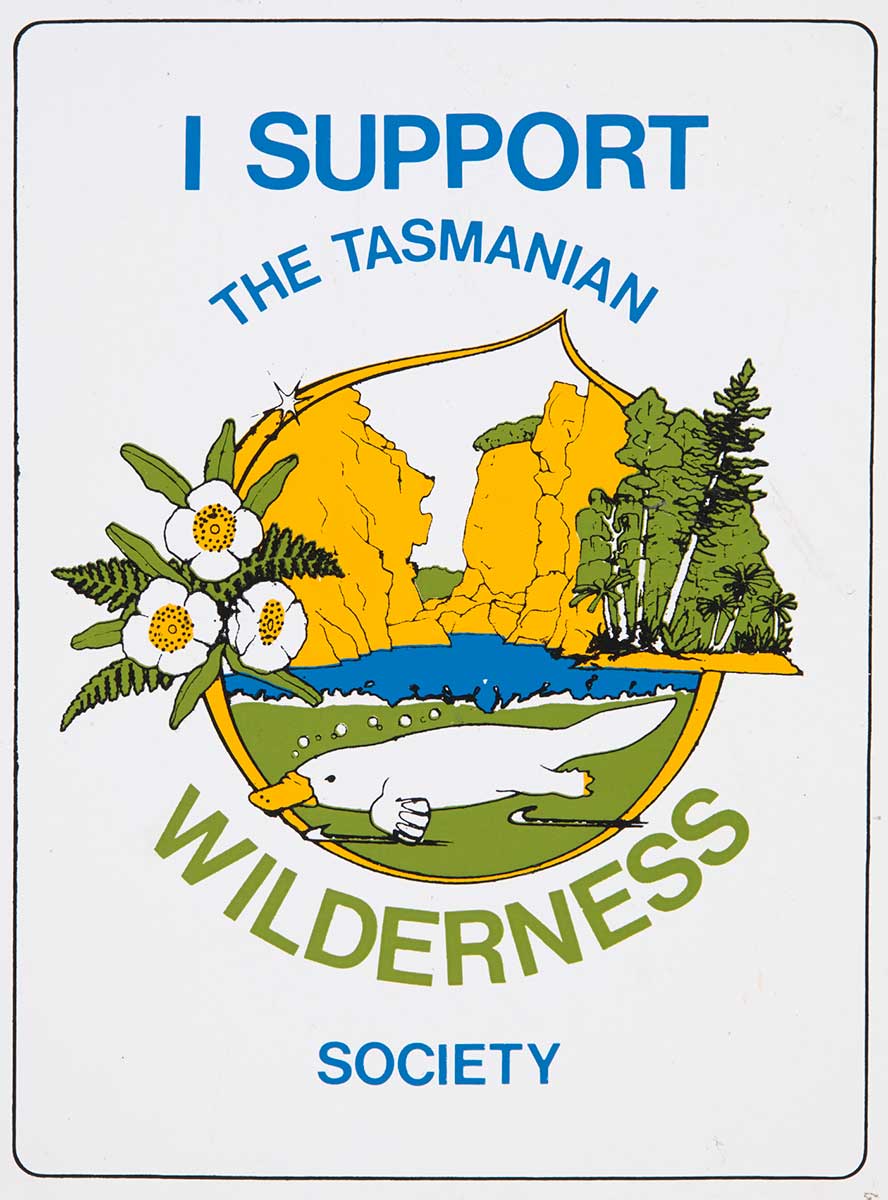
Tasmanian Wilderness Society
The Tasmanian Wilderness Society was established in August 1976. Formed from the Tasmanian South-West Action Committee, it built on the impetus of earlier protests against the flooding of Lake Pedder to campaign against projects that threatened to damage and destroy the Tasmanian environment. The most prominent of these was the Hydro Electric Commission's Gordon-below-Franklin dam project.
Using media coverage, advertising, lobbying and non-violent protests, the Wilderness Society worked with other conservation groups to bring what was considered a state issue to national and international attention. The society produced a wide range of posters, badges, stickers, photographs and banners to help fund their campaign and draw attention to the Franklin River.
At its height, the campaign to save the Franklin River culminated in a physical blockade against the dam’s construction from December 1982 to March 1983. About 1,400 people were arrested and jailed but by then, the issue had gained national attention.
Hawke government's involvement
In the lead up to the 1983 federal election, Labor opposition leader Bob Hawke publicly promised to stop the dam’s construction if he was elected.
After the Hawke government’s election, Hawke introduced and passed new regulations under the National Parks and Wildlife Conservation Act 1975 and the World Heritage Properties Conservation Act 1983 to protect the Franklin River. Although challenged by the pro-dam Tasmanian Government, the High Court of Australia ruled to uphold the federal government’s decision to stop the dam’s construction on 1 July 1983.
The campaign saved a significant natural and cultural heritage site in Tasmania and demonstrated the power of environmental issues in national politics. It also set significant political and legal precedents around the roles and responsibilities of state and federal governments.
Bob Brown
Dr Robert (Bob) James Brown was born in rural New South Wales in 1944. He studied medicine at the University of Sydney in the 1960s, graduated in 1968 and worked intermittently as a medical doctor in Australia and London.
Seeking a change of scenery, Brown visited Tasmania in 1972 and soon became involved in local environmental movements. In 1976, he was invited by forester Paul Smith to raft down the Franklin River.
The trip sparked Brown’s love for the river and an acute appreciation of what would be lost if the Hydro Electric Commission dammed the river. When the Commission released its 1967 proposal that flooded Lake Pedder, it also noted the potential of the Franklin River to generate hydro-electricity. Brown was only briefly involved with the failed Lake Pedder campaigns, but the lake’s flooding motivated him to take greater political action for the Franklin River campaign.
From medicine to environmental activism
Brown was active in the establishment of the Tasmanian Wilderness Society in 1976 and became its director in 1979. He was soon dedicating all his time and energy to the campaign against the dam’s construction. Appearing at the forefront of many media campaigns and interviews, his earnest appeals to save the river garnered growing support throughout Australia.
The Greens
Brown was among the 1,400 people arrested at the Gordon-below-Franklin dam blockade in 1982 and spent 19 days in prison. The day after his release, he was narrowly elected as an independent to the Tasmanian House of Assembly. Brown resigned as director of the Wilderness Society in 1984, but his work in conservation and environmental issues helped pave the way for the formation of a national Greens party in 1992.
In 1996, Brown was elected to the Australian Senate as the first federal senator for the Greens and continued in this position until his retirement in 2012. Throughout his parliamentary career, Brown maintained his support for environmental activism and a wide range of progressive reforms including social justice and LGBTIQ+ rights.
Accolades
As a result of his efforts to preserve Australia's natural heritage, Brown was made Australian of the Year in 1983, received the United Nations Environment Programme Global 500 Award in 1987, the Goldman Environmental Prize USA in 1990, the Australian Peace Prize in 2009 and the Order of Timor Leste in 2016.
He continues to support environmental causes through the Bob Brown Foundation.
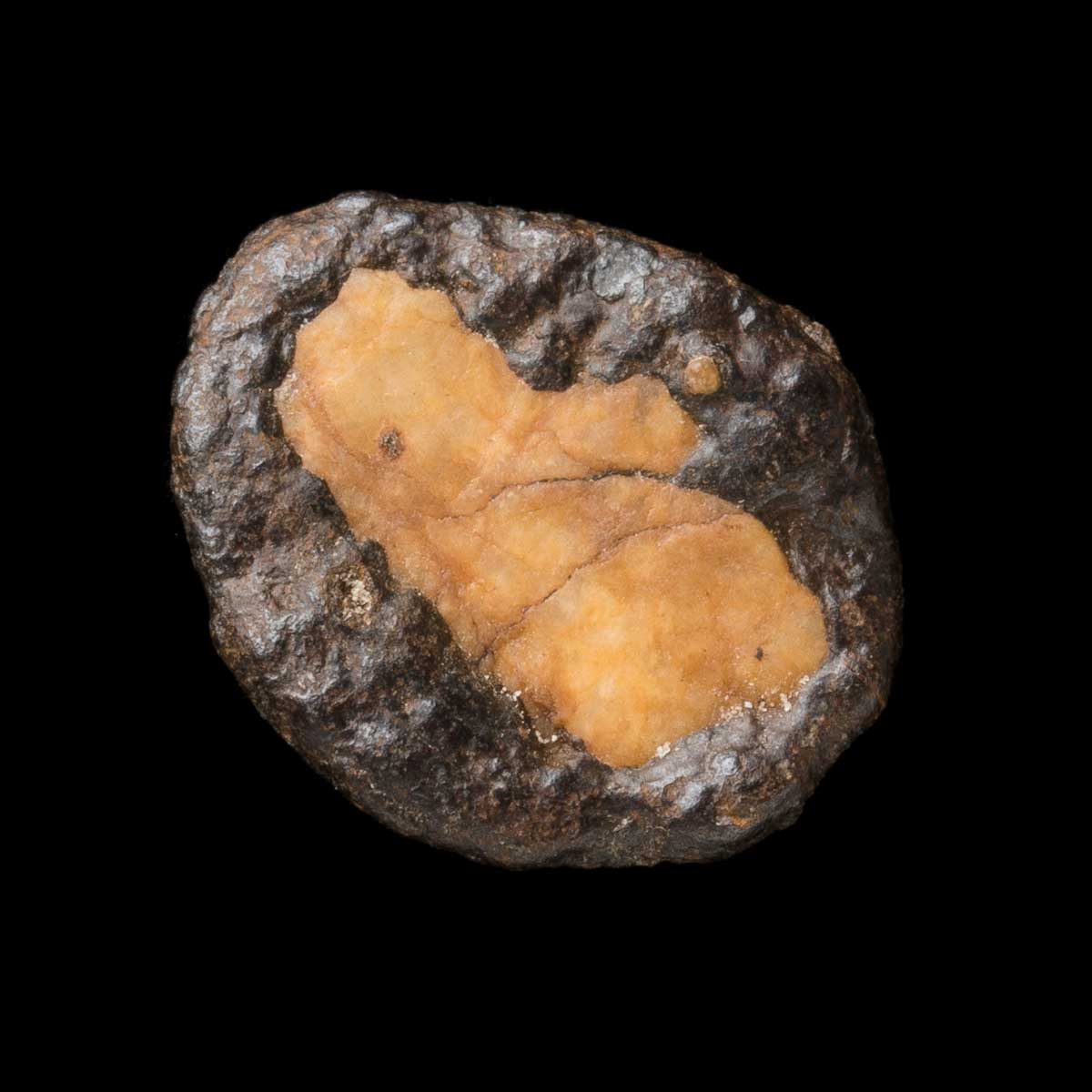
Bob Brown collection
The Bob Brown collection documents Brown’s environmental advocacy through the 1970s and 1980s. Objects in the collection range from personal clothing worn during the Gordon-below-Franklin dam protests to his rafting gear, letters he received from supporters, photographs and Tasmanian Wilderness Society ephemera.
The collection also includes some Lake Pedder ‘pennies’, unique geological specimens collected from the lake and pro-dam ephemera that demonstrates the opposition’s argument.
In our collection
